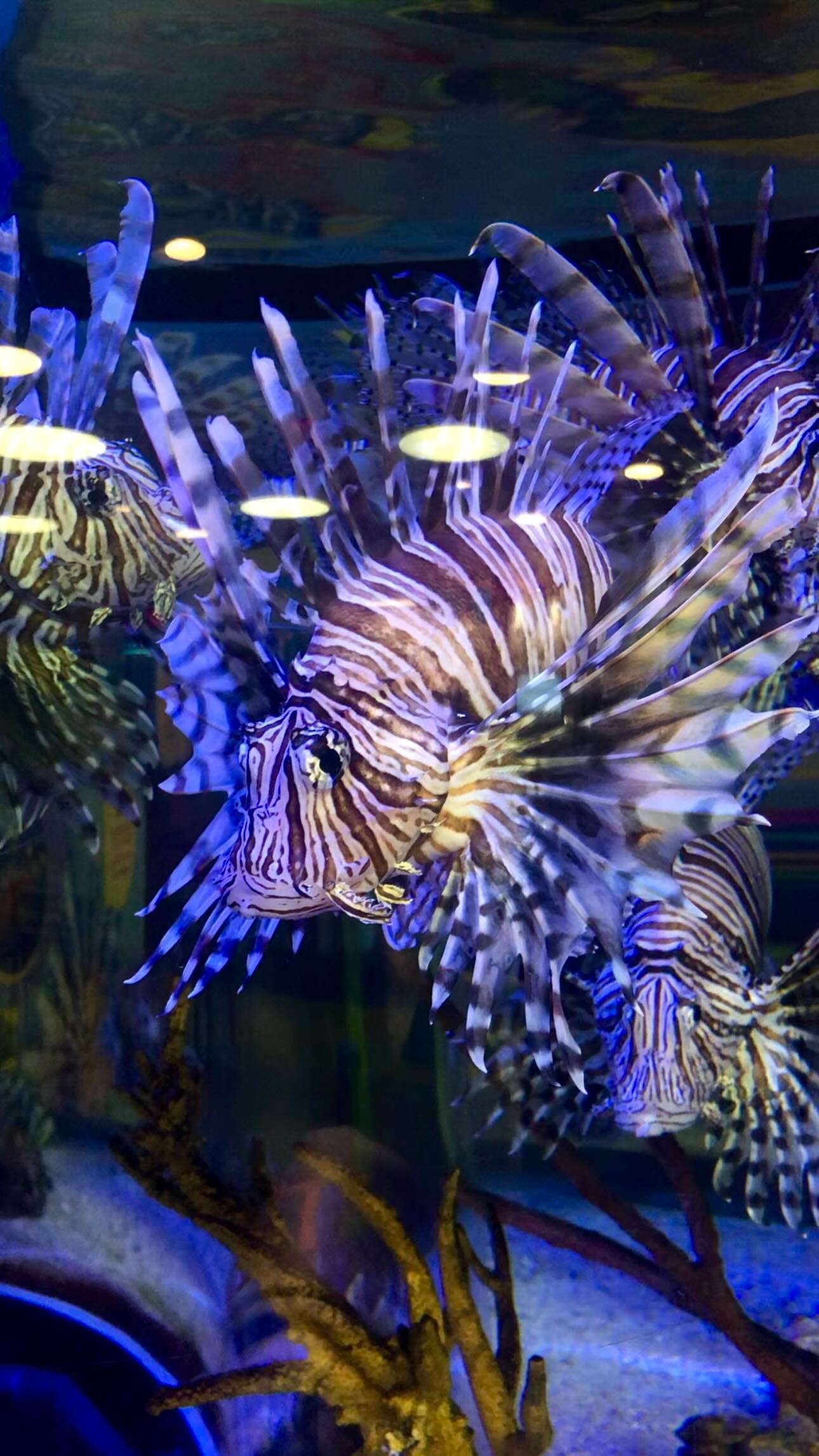- Lionfish are native to the Indo-Pacific region but have become invasive in the Western Atlantic, Caribbean, and Gulf of Mexico.
- Characteristics of lionfish include their striking appearance and venomous spines, which serve as both a defense mechanism and a major factor in their impact on local ecosystems.
- The impact of lionfish invasion on native marine communities is profound, disrupting ecological balance and threatening biodiversity.
- Strategies for managing and controlling the spread of lionfish include targeted removal efforts and public awareness campaigns aimed at curbing their impact.
- Conservation efforts focusing on lionfish offer broader lessons for wildlife management and environmental stewardship in the face of invasive species challenges.
Lionfish, scientifically known as Pterois, present a fascinating yet concerning subject for marine biologists and environmentalists. Native to the Indo-Pacific, these fish are easily identifiable by their flamboyant appearance, characterized by long, venomous spines that fan out like the mane of a lion. This feature is not just for show—these spines serve as a potent defense mechanism, deterring predators with painful stings.
However, the story of lionfish extends beyond their striking beauty. In recent decades, they have been identified as an invasive species in the Western Atlantic, Caribbean, and Gulf of Mexico. Their presence poses significant threats to these ecosystems. Originally introduced by the aquarium trade, they have thrived due to a combination of rapid reproduction, a lack of natural predators in new environments, and their voracious appetite for smaller fish and invertebrates. This has made them a forceful agent of ecological change.
The lionfish’s invasion has precipitated an ecological imbalance in affected regions. Their predation on native species depletes fish populations that are crucial to maintaining healthy coral reef systems. This disruption can lead to the decline of native species, altering the structure and function of the entire ecosystem. The resilience of lionfish in various environmental conditions only exacerbates this issue, making them a formidable opponent in conservation efforts.
Addressing the lionfish problem requires a multifaceted approach. Effective management strategies include mechanical removal during organized dives and the promotion of lionfish as a consumer seafood option, thereby encouraging fishing and consumption. Education and public outreach are critical components of these strategies, aimed at increasing awareness of the lionfish’s impact and engaging local communities in removal efforts.
Conservationists also emphasize the importance of international cooperation and policy-making to regulate trade and prevent future introductions of invasive species. This involves stringent measures to manage ballast water from ships and enforce regulations on the aquarium trade, minimizing the chances of potential invaders slipping through the cracks.
The lessons learned from the lionfish invasion apply broadly to the field of wildlife management. They underscore the delicate balance of ecological systems and the profound impact that invasive species can have when introduced to environments where they have no natural control mechanisms. As such, lionfish management initiatives could help shape future strategies in dealing with similar ecological challenges.
Studying lionfish provides valuable insights into the complexities of ecological interactions and the role that human activity plays in shaping these dynamics. Their story is a cautionary tale and a catalyst for change, highlighting the need for proactive biodiversity management, robust preventive measures, and a commitment to sustaining the health of our planet’s marine ecosystems. Through continued research and collaborative efforts, the ongoing battle against lionfish can serve as a model for responding to the broader invasive species dilemma, ensuring the preservation of natural habitats worldwide.
*****
Source Description
Lionfish are named after their resemblance to a lion’s mane 🦁
They are known to be native to the Indo-Pacific region, and invasive to the Western Atlantic Ocean, Caribbean, and Gulf of Mexico!
Comment an animal you’d like to see more of 🐠

